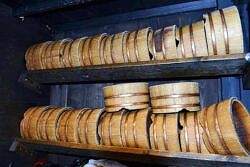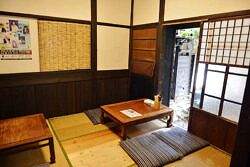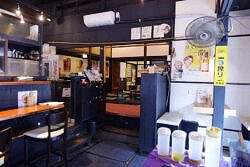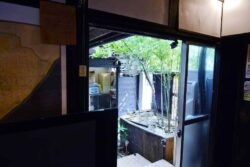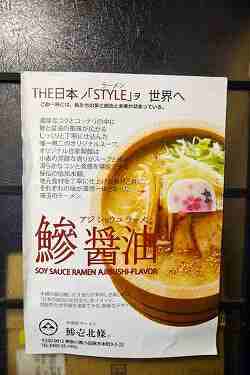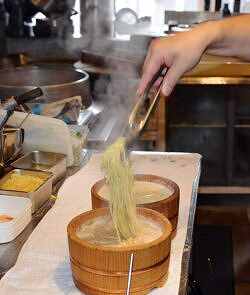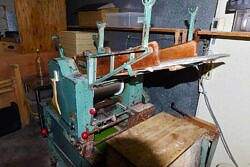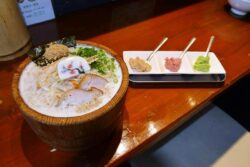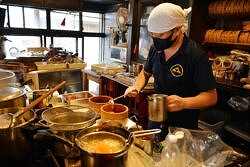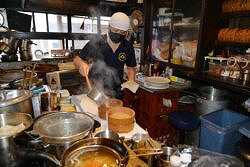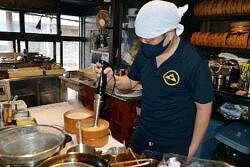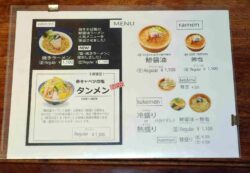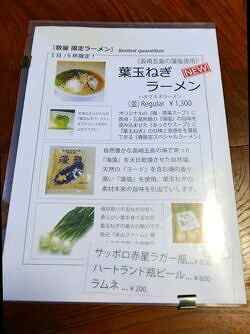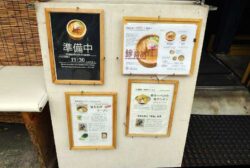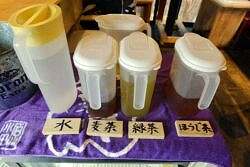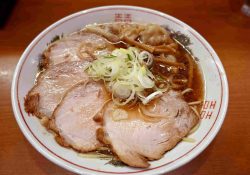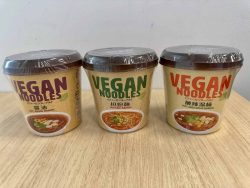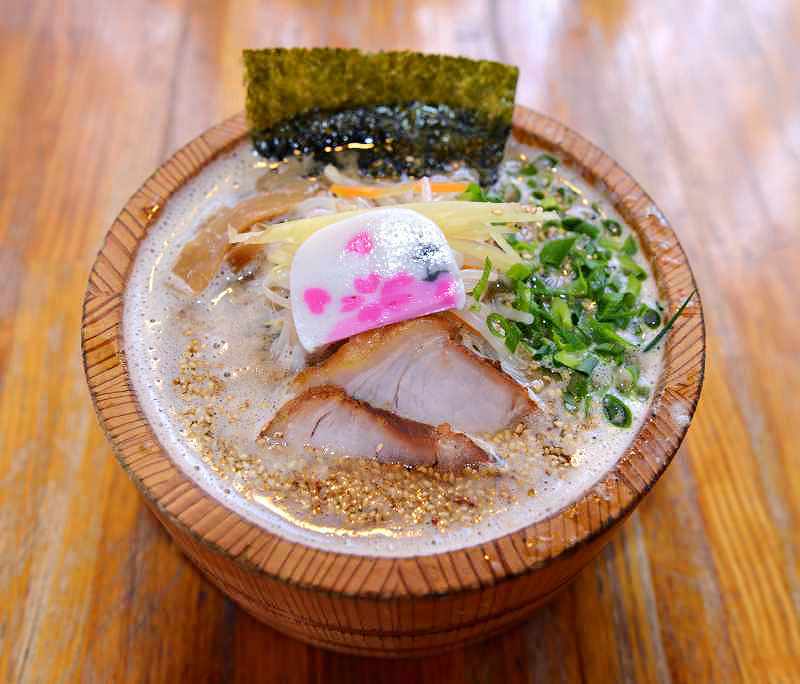
Aji Shoyu Ramen, Ajiichi Hojo’s signature dish (¥1,100)
13:51 JST, June 10, 2022
The breeze blew pleasantly as I looked southward over Sagami Bay from Odawara Castle’s tower. The imposing structure, which was restored to its Edo period (1603-1867) appearance in 1960, serves as the symbol of Odawara City in Kanagawa Prefecture.
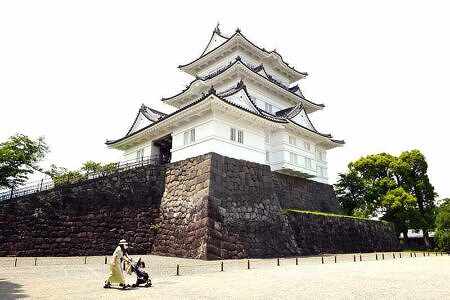
Odawara Castle tower. Standing 27.2 meters tall, it is the tallest castle tower in eastern Japan

A model reproduction of old Odawara is displayed inside the castle tower.
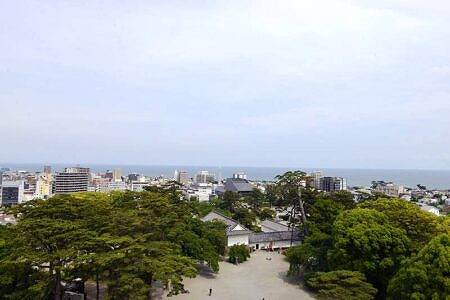
The view of Sagami Bay from the castle tower balcony
A 10-minute walk from the castle takes you to Ajiichi Hojo, a ramen restaurant that serves up a variety of tastes from the city.
The shop, which opened 11 years ago, is located in an area that has been landscaped to reflect the area’s past, and a quiet atmosphere prevails. Inside, the restaurant feels like an old, private residence that has been renovated to bring out its history. When speaking with the shop’s owner, Yuji Hayashi, who was busy in the kitchen, I remarked that I was a fan of the building.
“It was built in 1923, after the Great Kanto Earthquake,” he explained, drawing my attention to the thick, shiny-black wooden beams of the exposed ceiling “It’s old, isn’t it?”
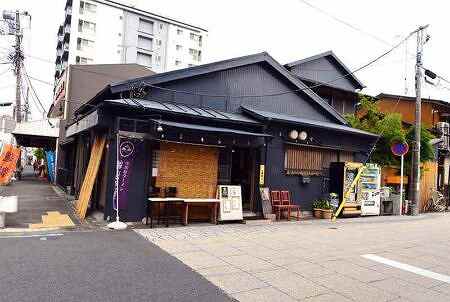
An exterior shot of Ajiichi Hojo, a renovated old house
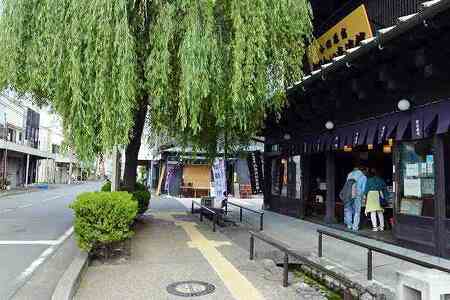
The street in front of the store has the feel of an old town.
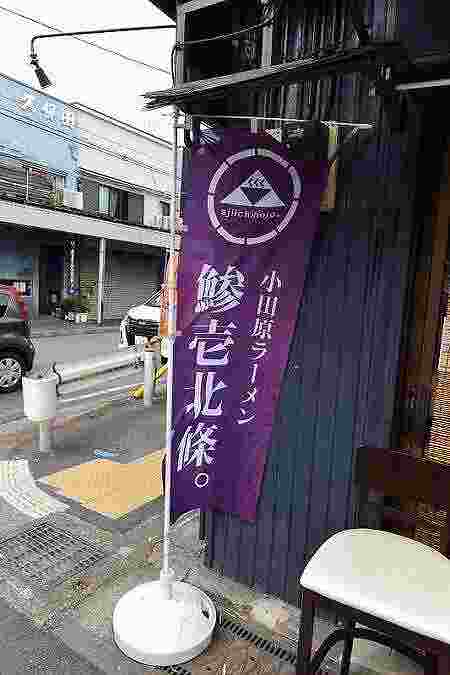
The nobori banner at the shop entrance
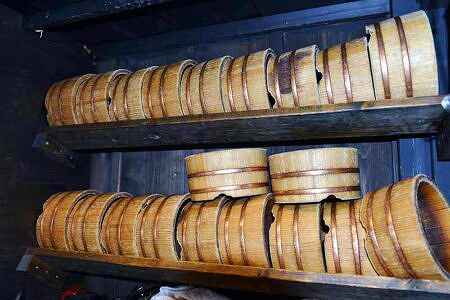
A row of wooden bowl for ramen
There was no ticket machine, so I requested the shop’s signature dish — aji (Japanese horse mackerel)shoyu ramen (¥1,100 including tax). When my meal appeared, the unusual wooden serving bowl had a strong impact. Unlike ordinary bowls, the bottom of the dish wasn’t tapered, and it seemed capable of holding a considerable amount of food.
I started with the soup. The rich chicken and pork broth combined with ajiko (aji powder) and soy sauce combined to create a creamy texture with a mild umami flavor. “Basically, I use aji powder, which is a blend of about eight different kinds of aji flakes and dried aji fish,” Hayashi, 52, said. “Then, I combine that with the pork and chicken broth.”
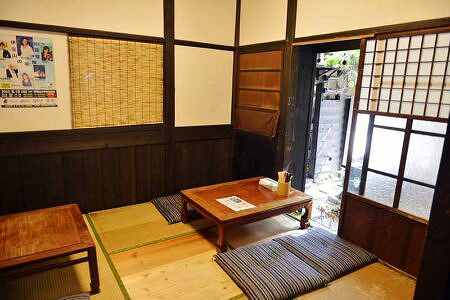
Table seating in the Japanese-style room in the back of the restaurant
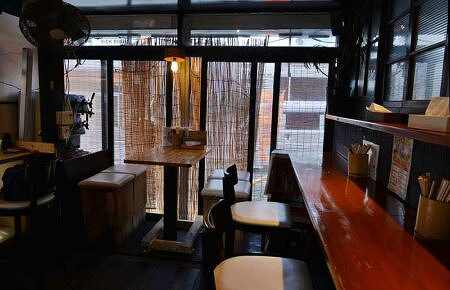
Counter- and table-seating near the entrance
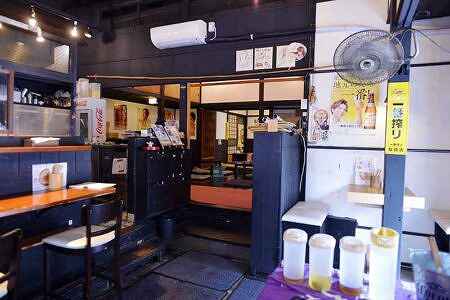
The shop’s interior as viewed from the entrance

Quaint tsuboniwa (inner) garden
The broth is made separately using meat, not bones. Hayashi explained that broth made with condensed umami derived from meat is tastier than broth made from bones.
The medium-thin, low temperature-pasteurized noodles complemented the soup well. The super-smooth noodles are freshly made each day by blending two kinds of Japanese wheat in a noodle-making machine kept in the back of the shop. Interestingly, the noodles are not served immediately, but left to rest for two days before being cooked — Hayashi says this is the secret to the noodles’ smooth texture.
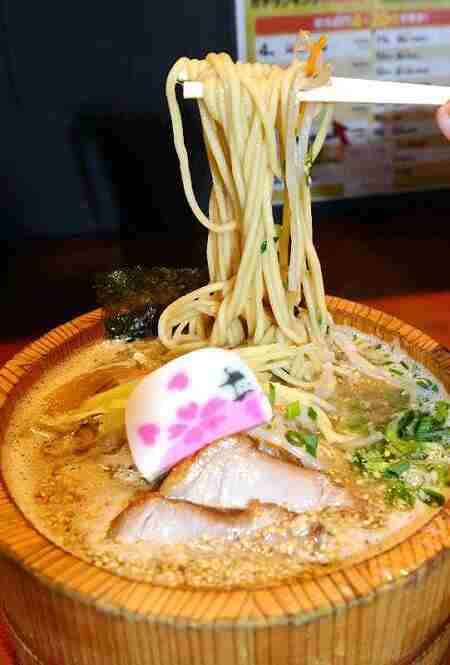
The homemade medium-thin noodles are smooth and go well with the soup.
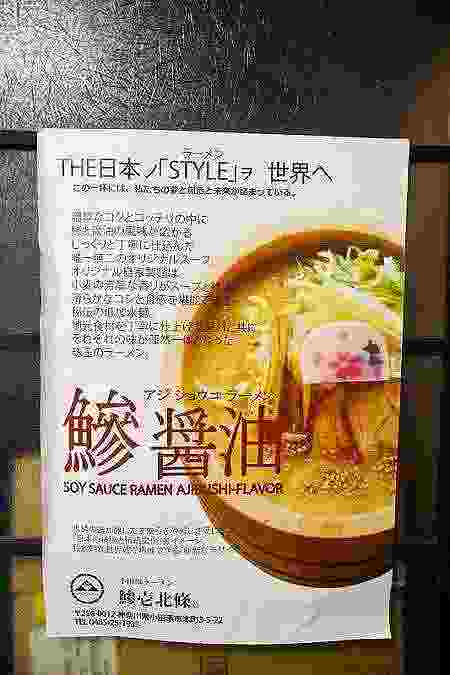
A poster showing Aji shoyu ramen
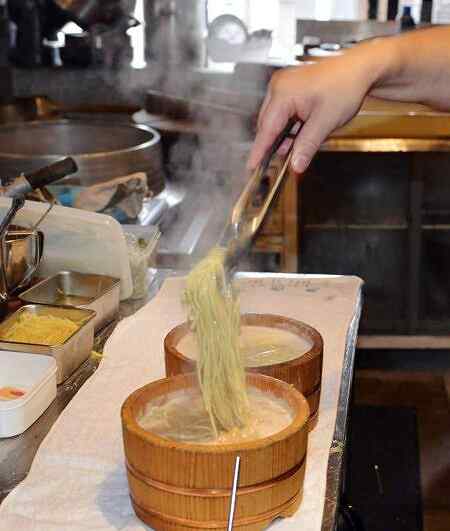
Noodles preparation
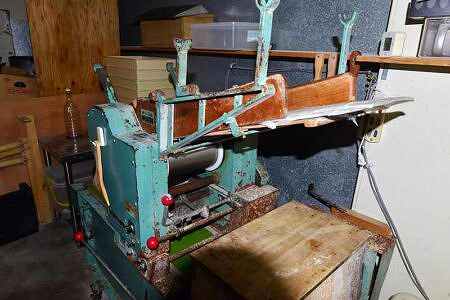
A noodle-making machine in the back of the shop
Kamaboko fish paste decorated with cherry blossom petals sat atop my noodles. Odawara is famous for its kamaboko and Ajiichi Hojo’s kamaboki is purchased from a long-established Odawara vendor, Kagosei. The paste’s thick texture made me think, “Ah, I truly am in Odawara.”
Th other toppings included homemade pork chashu made from Mochi pork thighs, Odawara black bean sprouts, green onions, bamboo shoots, nori (seaweed) and a sprinkling of white sesame seeds.
Ajiichi Hojo’s ramen dishes come with a trio of pastes, and it was nice to explore the different flavors. The pastes vary randomly depending on the time of year, but on the day of my visit, they were ume plum, home-grown leaf onion and roasted garlic. The tart acidity of the ume, the freshness of the leaf onion and the savory flavor of the roasted garlic all went surprisingly well with the soup.
I had never before eaten ramen from a wooden bowl and the experience was somewhat surprising, and seemed to make the food even more delicious. The serving was generous and my full stomach was matched by a deep sense of satisfaction.
Edo-period cooper
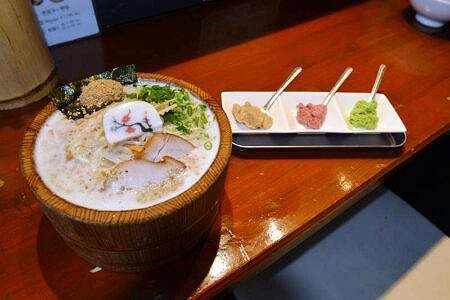
Aji shio (salt) ramen comes with aji powder on top of nori seaweed. Three kinds of paste can be seen on the right.
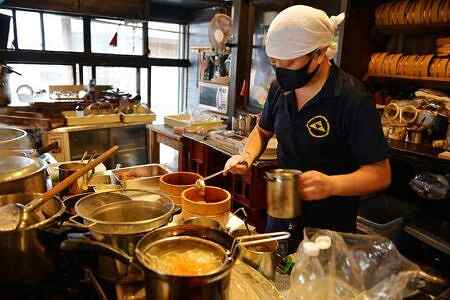
Hayashi prepares ramen soup in wooden bowls.
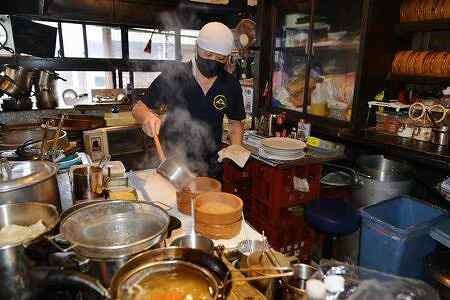
The chicken and pork broths are added separately.
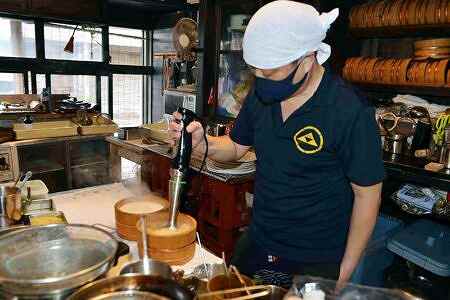
Soup is mixed with a blender.
But how did Hayashi come up with the idea of serving ramen in wooden bowls? “During the Edo period, this place was cooper’s shop.” he said. Though his idea was great, Hayashi encountered difficulties in using wooden utensils to hold his ramen; the bowls would leak the soup and were effectively unusable within a month.
After much searching, he finally found a company in Sakai, Osaka Prefecture, that uses a special water-repellent coating technology. The company president, a history buff, pointed out that the Hojo clan, which ruled Odawara during the Sengoku (warring states) period (1493-1573), was defeated in a battle against Hideyoshi Toyotomi, and clan members were exiled to Koyasan in Wakayama Prefecture. “Odawara and the Kansai region are historically connected, so I wanted to take the [wooden bowl] job on,” the company president said. The firm agreed to make special leak-proof wooden bowls that were not detrimental to health. Ajiichi Hojo continues to use the special receptacles, replacing them with new ones every three or four years.
Making Odawara ‘even more attractive’
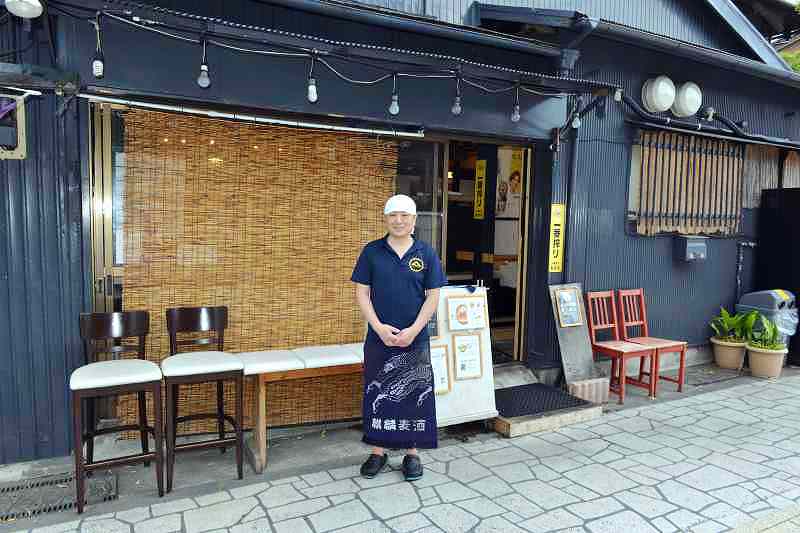
Hayashi, an Odawara native, worked in the Okinawa food industry for about 10 years before returning to his hometown to establish Ajiichi Hojo with friends.
“Later, my friends and I had some disagreements, and various other things happened,” he recalled “First, one friend departed, then the other. Now, I’m the only one left.”
The name of the shop was phonetically inspired by Aji Ichi, a bygone Odawara ramen eatery that was much-loved by locals — and the Odawara Hojo clan.
Ajiichi Hojo opened on November 1, 2011, deliberately tying in with the word “ichi,” which means “one” in Japanese.
Hayashi is on a never-ending quest to further enhance his shop’s fare. Initially, the restaurant’s soup was made with fresh aji fish from Odawara, but supplies gradually diminished, and he now sources his aji from Sakaiminato in Tottori Prefecture, and from Nagasaki Prefecture.
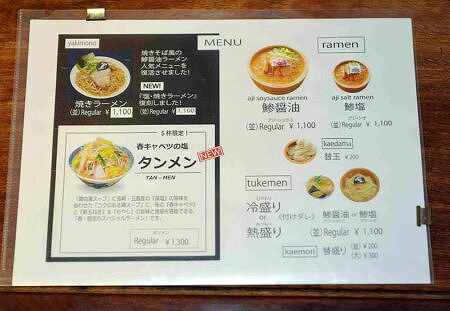
Ramen menu. Limited-edition ramen is also available.
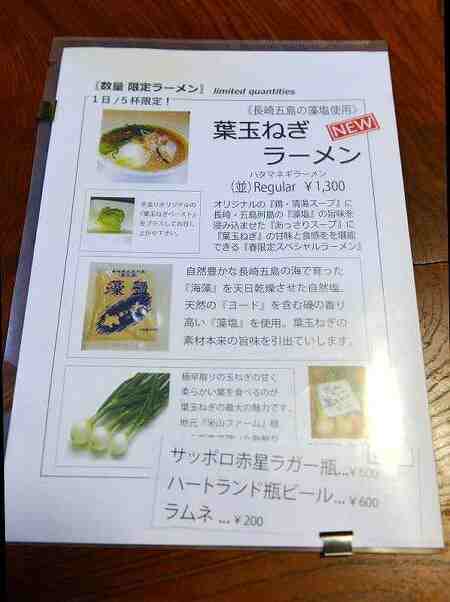
Explanation of limited ramen menu
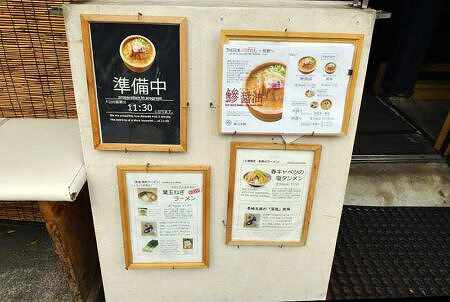
Menus in front of the shop
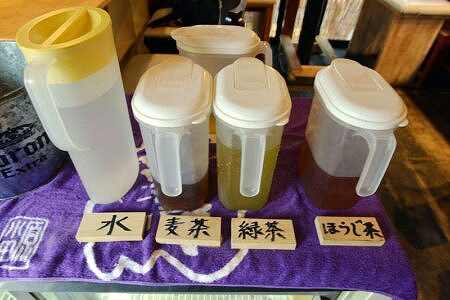
Self-service water and teas
However, he no longer uses fresh fish when cooking, due to fluctuations in the taste. “Soup made in the morning inevitably becomes overcooked by the evening, leading to a change in flavor,” he explains. “[The flavor of the fish] also varies depending on the season. So I switched to using fish flakes and dried fish to stabilize the taste.”
Recently, there have been signs that foreign tourists are finally returning to Japan, and Odawara is gradually becoming more vibrant again. Hayashi’s hopes are starting to rise. “The shop has always attracted a lot of tourists,” he said. “I hope tourists will come to try my ramen dishes, which brim with the spirit of Odawara.” His powerful words echoed in my mind long after I left Odawara.
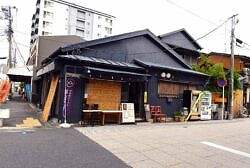
Ajiichi Hojo
Address: 3-5-22 Honmachi, Odawara, Kanagawa Prefecture.
Opening hours: 11:30 a.m. to 4:00 p.m. Closed Mondays, but open when Monday falls on a national holiday.
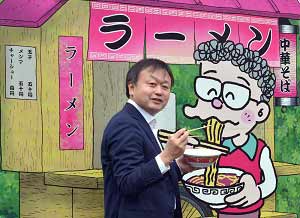
Futoshi Mori, Japan News Senior Writer
Food is a passion. It’s a serious battle for both the cook and the diner. There are many ramen restaurants in Japan that have a tremendous passion for ramen and I’d like to introduce to you some of these passionate establishments, making the best of my experience of enjoying cuisine from both Japan and around the world.
Japanese version
【ラーメンは芸術だ!】これぞ小田原の味、インパクト満点の木桶で食べる鯵醤油ラーメン「鯵壱北條。」の斬新さ

"JN Specialities" POPULAR ARTICLE
-

The Japan News / Weekly Edition (12/12-12/18)
-
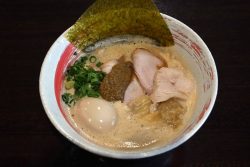
Noodle Dining Shunsai / Rich Oyster Ramen to Savor at Odasaga; Experienced 68-year-old Owner Creates Numerous Ramen Varieties
-

The Japan News / Weekly Edition (12/5-12/11)
-

People Keep Loved Ones’ Ashes Close in Special Jewelry, Small Urns as Unique Way to Memorialize Them
-
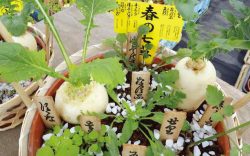
The Japan News / Weekly Edition (12/19-12/25)
JN ACCESS RANKING
-

Tokyo Economic Security Forum to Hold Inaugural Meeting Amid Tense Global Environment
-

Keidanren Chairman Yoshinobu Tsutsui Visits Kashiwazaki-Kariwa Nuclear Power Plant; Inspects New Emergency Safety System
-

Imports of Rare Earths from China Facing Delays, May Be Caused by Deterioration of Japan-China Relations
-

University of Tokyo Professor Discusses Japanese Economic Security in Interview Ahead of Forum
-

Japan Pulls out of Vietnam Nuclear Project, Complicating Hanoi’s Power Plans


